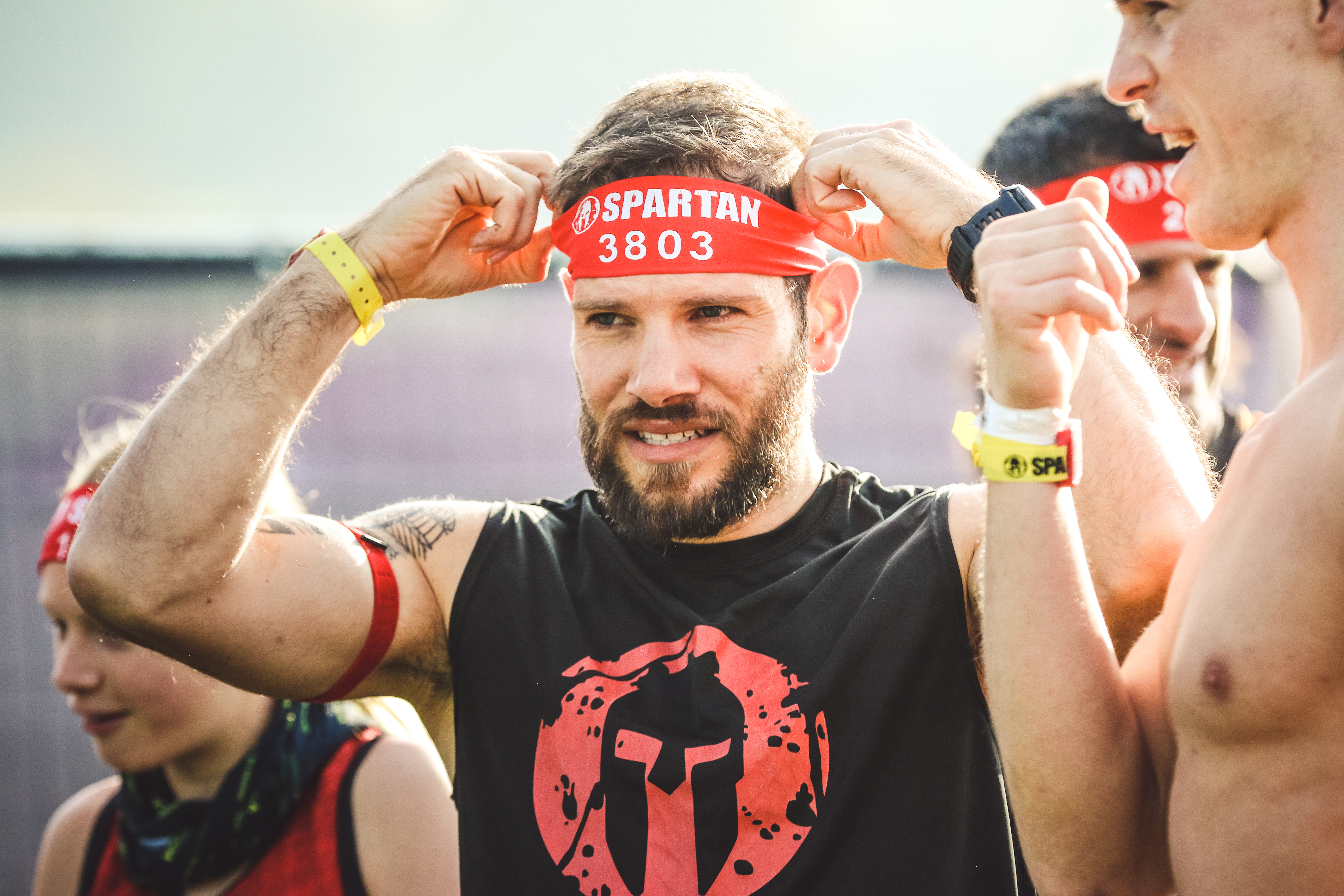
What you don't use, you lose.
The importance of mobilization and stretching
We are Spartans...we love the mud...we like to push our limits...we like to feel what our body can handle...to feel our muscles tense...to keep going even when others would have given up a long time ago.. .out of our comfort zone we feel really in our element...we just push, push and push...But why don't we stretch???
Festival area after competition. Happy, satisfied, slightly tired faces. Muddy, tired, but bright-eyed Spartans walk and lounge with bananas in their hands and finisher's medals around their necks. They tell their friends and teammates about their experiences. With visibly acidified members, they move somewhat robotically. Something is missing from the picture. Why does almost no one provide it?
Due to the neglect of stretching, more and more people suffer from joint and postural changes caused by unbalanced muscle function, despite the fact that most of these could be prevented with a sufficient amount and quality of stretching and joint mobilization.
Stretching and mobilization are closely related concepts. During stretching, muscles shortened as a result of training are stretched, and during mobilization, the joints are moved through all possible ranges of motion. How are these two factors related?
Our muscles originate and attach to bones for the most part. During training, the muscle, which is long in its state of rest, contracts and is thus capable of exerting force. The greater the load, the less able the muscle is to return to its resting state. The neglected, contracted muscle, considering that it clings to the bones, pulls on the periosteum, sometimes the ligament, and the joint capsule, which in the long term leads to joint pain and the narrowing of the range of motion of the joints.
But I'll move on. Your body works as a unit where everything is connected to everything else. Imagine a chain where each of our joints is a link. If there is a problem with any of these links, it affects the entire body. So, for example, if you start running with stiff ankles or hips, your knees will be unstable, which can lead to pain or, worse, injury. So if one of our joints does not work properly, the other joints and ligaments connected to it in a chain-like manner may come under tension, and the problem will spread.
When we are born, we come into the world with optimal joint mobility. As we age, our joints lose their mobility and their range of motion becomes narrower as a result of overactive, but not properly warmed up or stretched muscles. Mobilization exercises and stretching are therefore performed in order to restore the joints with a narrow range of motion to the optimal state with which we were born.
How should we incorporate stretching and mobilization into our training?
If we take a 100% training as a basis, the need for mobilization exercises and stretching is proportional to our age, so for a 40-year-old person, 40% of the training should consist of mobilization and stretching exercises, and only the remaining 60% should to put it under intense load.
Mobilization exercises should be included at the beginning and/or end of training, or performed as a separate training program over a longer period of time. Exercises with a moderate stretching effect should be performed at the end of the warm-up, after the pulse-raising phase, and in any case, the training should be concluded with at least 15 minutes of thorough stretching, since in addition to the fact that this step is essential for maintaining the range of motion of our joints, it has many other beneficial physiological effects: it helps the muscles to regenerate , reduces the risk of injury, can prevent strains and tears, maintains fitness, improves respiratory function, helps with mental relaxation, improves performance, improves posture, and gives muscles a better shape.
Sources: Gabriella Bánkuti: Funds for your health, Keskeny et al., 2001 GirjaZóna https://mozaikmed.hu/hirek/edzesszakma/mobilizacios_gyakorlatok_fontossaga/ https://www.gyogytornaszda.hu/component/content/article/11-cikkek/189-futas-es-testtartas-2 Image: Cook Boyle, 2010





